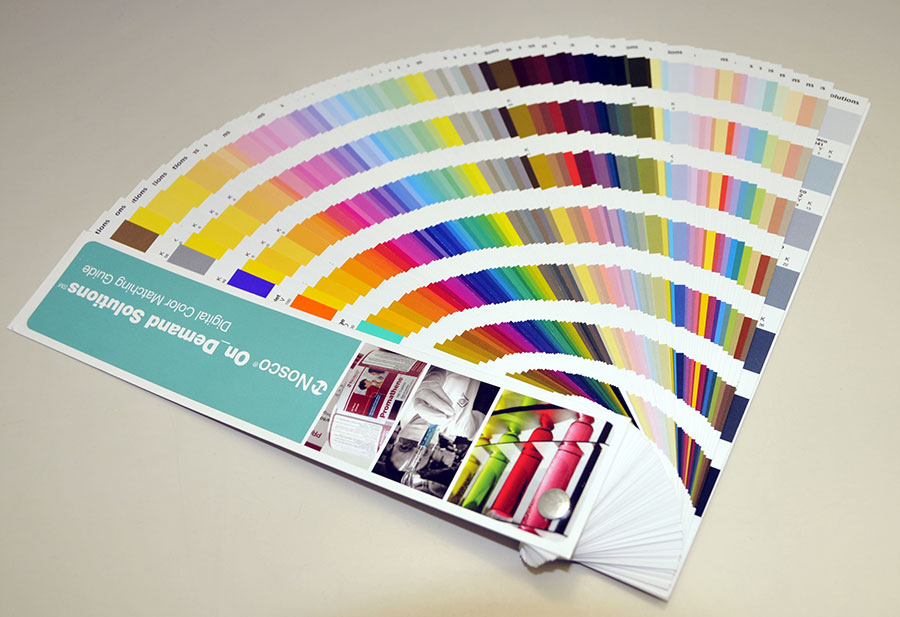
Color management is an important part of maintaining consumer brand identity and the consistency of color plays a vital role. Forbes cited a University of Loyola Study that found color boosts brand recognition among consumers by as much as 80 percent, which makes it an invaluable part of a company’s identity. Given these findings, it’s no surprise that a brand like Coca-Cola is so attached to its particular shade of red and why it is imperative for them to work with printers who have the ability to match that color and print it consistently run after run.
Without consistent color between packages, consumers could potentially lose trust in the brand or question whether the product is authentic. When customers are examining products on the shelves, they are likely to be turned off by two otherwise identical products with mismatching colors. According to Bill Nimmer, Prepress and ArtFlo Manager at Nosco, such differences can cause the consumer to wonder what the discrepancy says about the product inside the package.
Digital printing is ideal for companies highly concerned about maintaining color consistency. In addition to the cost reductions and shorter lead times this method offers customers, it also provides consistent color, both within a run and from run to run, according to Nimmer.
Digital printing simplifies the printing process, eliminating the need to create plates and leaving less room for error. Nosco prints calibration files to assure the press is in optimal print condition before every printing job to make sure the press is running in an ideal state. In other words, once the printer has printed to the customer’s requirements once, it’s easy to reproduce the same results time and time again.
The digital process differs from conventional offset printing in several ways. First of all, when a product is run on an offset press, the density of the ink can vary across one sheet and/or vary sheet-to-sheet, leaving room for color inconsistency from one product to the next. Additionally, each color is mixed prior to every print job and requires one complete printing unit per color, leaving additional room for inconsistencies between orders. Chemicals are mixed in the ink and the process of adding, coupled with evaporation, can also cause a change in the color during the run.
When printing using an HP Indigo Digital Press, you will get unique liquid ink called ElectroInk that combines the advantage of electronic printing with the qualities of liquid ink. The small particle size in the liquid carrier enables high resolution, uniform gloss, sharp image edges, and very thin image layers which closely follow the surface topography of the paper resulting in a highly uniform finish. According to HP, an analysis of 100,000 impressions using HP Electroinks measured for change in color revealed little variation.. In fact, during a recent run of millions of labels on an Indigo Digital press the variation was less than .5 Delta e as compared to normal variation on conventional Offset Printing of 3 Delta e.
Digital Ink can’t be modified. There are no additives to the Ink and the Ink is sealed in a can. The Ink is stable and not subject to changes due to humidity, evaporation, etc. The color can only be changed if the Art File values are changed to create a different color.
With digital methods and the introduction of several spot colors, digital printers can meet 97 percent of Pantone colors, and will also have greater accuracy from run to run. Digital printing provides consistency both within a run and between different orders. In addition, because HP Indigo color technology allows for different ink with each rotation of the press, it also allows for each pass to be a different image, giving the flexibility for variable data and personalization.
For companies concerned with maintaining color uniformity for products or would like the ability to utilize variable data, digital printing is the best choice.
to Nosco News and get the latest sent to your inbox.